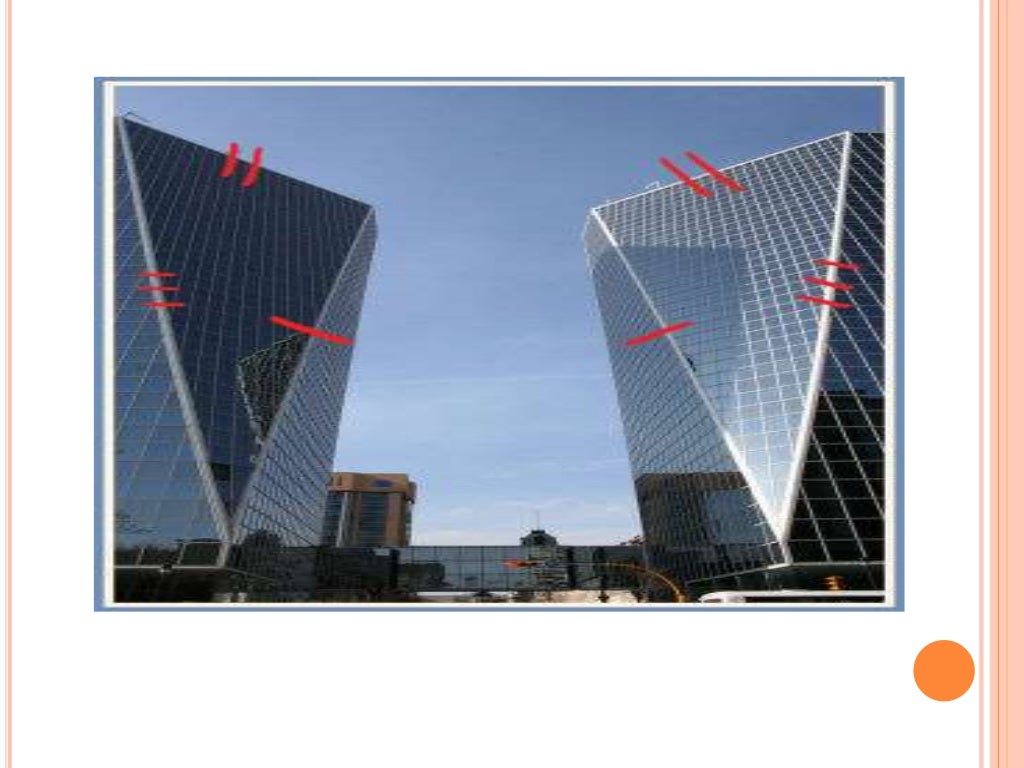

One way you can move a congruent shape is by turning it, or rotating it. The first movement we will talk about is a rotation. Moving the object using one of these three movements may change the position or the way that the shape looks, but the shape itself will always remain the same. There are a few different ways you can move congruent objects.

All the sides of each shape must be identical. This is what we call congruent objects – shapes that can be flipped, turned, slid to make the same shape. It looks pretty different, right? But aren’t all the sides still the same? If I flip it back, we can clearly see that the two objects are the same. Hence, the property congruence is one sort of equivalence relation between shapes of a plane.Hey, guys! Welcome to this video on congruent objects. The famous three properties, reflexivity, symmetry and transitivity, together make the notion of equivalence. This property is called transitivity.įor example, if we apply first a shift, and then a rotation, then the resulting new shape is still congruent to the original one. If a shape C is congruent to a shape B, and the shape B is congruent to the original shape A, then the shape C is also congruent to the original shape A.This behaviour, this property is called symmetry.įor example, if we shift back, or rotate back, or mirror back the new shape to the original one, then the original shape is congruent to the new one. If a shape is congruent to another shape, then this other shape is also congruent to the original one.Or, similarly, if the rotation above is not a proper rotation, but only a rotation of angle zero. This property is called reflexivity.įor example, if the shift above is not a proper shift, but only a shift making a motion of length zero. If we leave the original shape alone at its original place, then it is congruent to itself.The relationship, that a shape is congruent to another shape, has three famous properties: More specifically, if a shape is congruent to the original one, then it can be reached by the three activities described above. If we combine the three activities one after the other, then we still get congruent shapes.Even if we take a mirror image of the original shape, then we still get a congruent shape.If we rotate instead of shifting, then we also get a shape congruent to the original one.If we shift a geomentrical shape in the plane, then we get a shape which is congruent to the original one.The following are a few rules to make new shapes congruent to the original one: Two sides and the angle between them makes two triangles congruent (SAS congruence).All three sides of both triangles are the same (SSS congruence).Two angles and a side not between them are the same on both triangles (AAS congruence).Two angles and the side between them are the same on two triangles (ASA congruence).All equilateral triangles that have the same length of their sides are congruent.All squares that have the same length of their sides are congruent.If one of the object has to change its size, then the two objects are not congruent: they are just called similar.Īs an example, two distinct plane figures on a piece of paper are congruent if we can cut them out and then match them up completely (turning the paper over here is permitted).Ĭongruent polygons are polygons that if you fold a regular polygon in half that is a congruent polygon.

if one can be moved or rotated so that it fits exactly where the other one is, then the two figures are congruent. This means that two geometrical figures are congruent if one object can be repositioned, rotated or reflected-but not resized-so that it coincides exactly with the other object. More formally, two sets of points are called congruent, if and only if one can be transformed into the other by isometry. In geometry, two figures or objects and are congruent (written as ) if they have the same shape and size, or if one has the same shape and size as the mirror image of the other. The unchanged properties are called invariants. Note that congruence permits alteration of some properties, such as location and orientation, but leaves others unchanged, like distance and angles. The last triangle is neither similar nor congruent to any of the others. The two triangles on the left are congruent, while the third is similar to them.


 0 kommentar(er)
0 kommentar(er)
